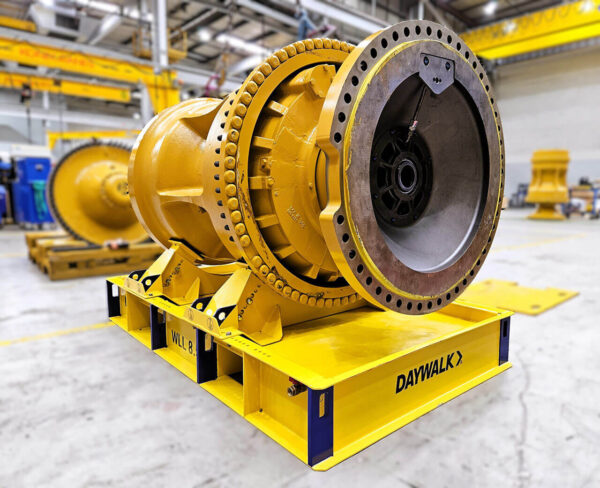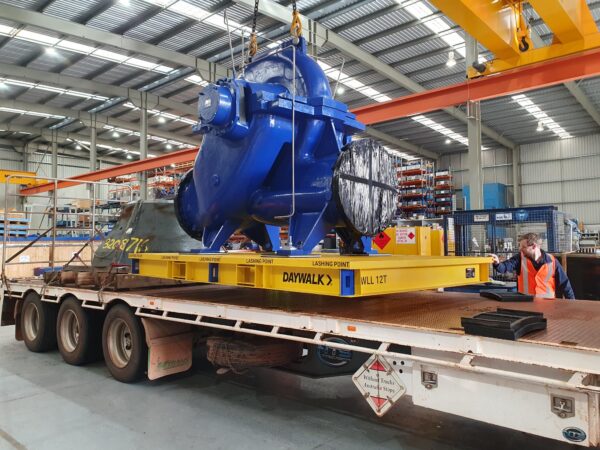Freight companies, couriers, transport providers, and warehouse companies have one thing in common when it comes to national rules, regulations, and industry standards. All are bound by the Chain of Responsibility (CoR). However, customers of the above-mentioned are also bound by the CoR law.
Under CoR, all parties who have any influence or control throughout any transport process in the chain of supply must be aware and responsible for complying with said law, which works in conjunction with the Heavy Vehicle National Law (HVNL). So, any business involving consignment, packing, loading, receiving, transporting, and storing as part of their activities is held legally liable for breaches of this law.
Major aim of CoR
The CoR’s primary aim is to make sure everyone in the chain of supply shares responsibility to ensure that breaches in the HVNL do not occur. Under CoR laws, any person or entity named as a party in the chain of responsibility and has shown a capacity to exercise, control, or influence over any transport task has the responsibility to ensure that the HVNL is complied with.
Who are parties in the supply chain under CoR?
- Employer of a driver.
- Prime contractor for the driver (if the vehicle’s driver is a freelancer).
- Operator of the vehicle.
- Scheduler for the vehicle.
- Loading manager for goods in the vehicle.
- Loader and unloader for goods in the vehicle.
- Consignor of any goods for transport by the vehicle.
- Consignee of any goods in the vehicle.
What are some common breaches of the CoR and HVNL?
- Failure to accurately package consignments with effective hardwood pallets, sturdy cartons, and skids.
- Failure to measure, weigh, and declare each consignment.
- Failure to secure loads.
- Failure of any party with control or influence to manage, as reasonably practicable, the risk created by the transport activity.
- When a party’s business practices cause or encourage the driver of the vehicle to exceed speed limits.
- When a party’s business practices cause or encourage the driver of the vehicle to breach mass, dimension, or loading requirements.
- When instructions, actions, or demands by parties in the supply chain cause or contribute to an offence that breaches the HVNL and CoR laws.
- Any party with unrealistic demands or requirements causes or encourages the driver to exceed regulated driving hours or drive while fatigued.
What can be done to avoid breaching CoR and HVNL?
- Compliance by ensuring that all items are placed in proper packing. This includes double checking all weights and dimensions and checking all hardwood pallets, skids, and new boxes.
- Ensuring the driver is correctly restraining loads in the vehicle.
- Establishing workplace procedure for safer practices.
- The correct restraints are used for the appropriate loads and pallets. (For instance, restraints used with steel cages are different from restraints used with hardwood pallets).
At Daywalk, the company ensures that all its delivery and storage bins, cages, pallets, and the like are of the highest manufactured quality to meet all CoR and HVNL laws and requirements. The Daywalk range will cover every conceivable storage solution need.
For more information, visit Daywalk at their website, https://staging.daywalk.com/.





